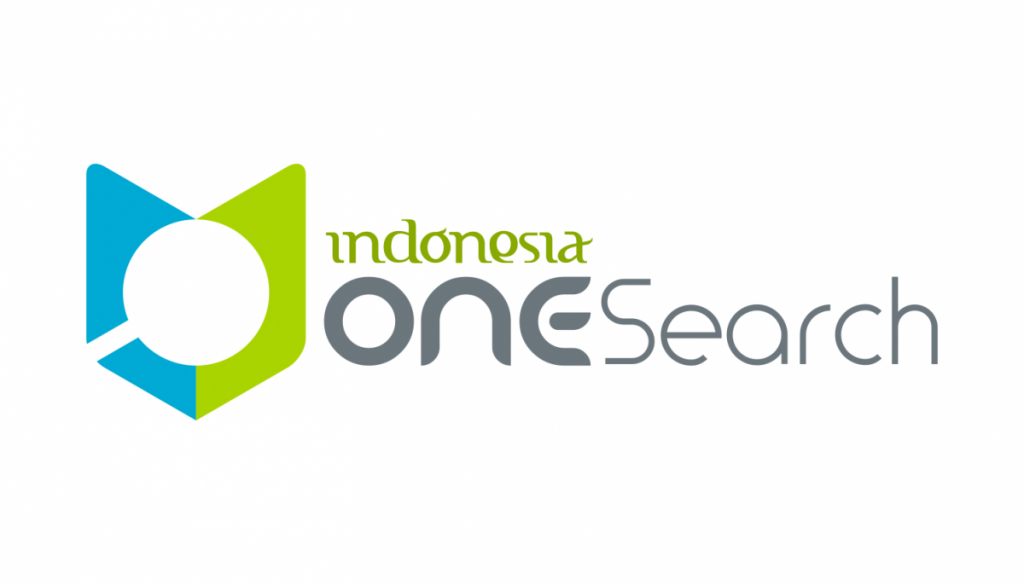Indonesian Journal of Medical Chemistry and Bioinformatics
Abstract
Atopic eczema, also known as atopic dermatitis, is a chronic inflammatory skin condition characterized by itchy, red, and swollen skin. It is often associated with other atopic diseases such as asthma and hay fever. Interleukin-17 (IL-17), a pro-inflammatory cytokine, plays a crucial role in various inflammatory and autoimmune conditions, including atopic eczema. This study aims to identify potential therapeutic targets for managing atopic eczema based on the analysis of differentially expressed genes (DEGs). The expression of these gene targets was subsequently validated for their potential as biomarkers. Additionally, upstream regulator protein (URP) searches for the resulting DEGs were conducted. DEG analysis of the Gene Expression Omnibus (GEO) dataset, GSE6012 (atopic eczema vs. healthy donor skin), revealed that genes related to IL-17 signaling—FOSL1, MMP1, DEFB4B, S100A7, S100A8, and S100A9—can serve as biomarkers for atopic eczema with sensitivity and specificity values of 1.000. URP analysis suggested that inhibition of IL1A and NOG, as well as TGFB1 activity, are potential therapeutic targets to downregulate these six DEGs, thereby restoring their expression to the levels observed in healthy skin.
Bahasa Abstract
Eksim atopik, juga dikenal sebagai dermatitis atopik, adalah kondisi kulit inflamasi kronis yang ditandai dengan kulit gatal, merah, dan bengkak. Hal ini sering dikaitkan dengan penyakit atopik lainnya seperti asma dan demam. Interleukin-17 (IL-17), suatu sitokin pro-inflamasi, memainkan peran penting dalam berbagai kondisi inflamasi dan autoimun, termasuk eksim atopik. Penelitian ini bertujuan mengidentifikasi target terapi potensial untuk mengatasi eksim atopik berdasarkan analisis gen-gen yang diekspresikan secara berbeda (Differentially Expressed Genes, DEG). Target ekspresi gen tersebut kemudian divalidasi kemampuannya sebagai biomarker. Pencarian protein regulator hulu (URP) dari DEGs yang dihasilkan juga dilakukan. Hasil analisis DEG pada dataset GEO, yaitu GSE6012 (eksim atopik vs healthy donor skin) menunjukkan gen-gen terkait persinyalan IL-17: FOSL1, MMP1, DEFB4B, S100A7, S100A8, dan S100A9 dapat digunakan sebagai biomarker untuk eksim atopik dengan nilai sensitivitas dan spesifisitas 1.000. Analisis URP menunjukkan bahwa penghambatan IL1A dan NOG, serta aktivitas TGFB1 merupakan target terapi yang dapat digunakan untuk men-downregulasi ke-6 DEG tersebut agar ekspresinya kembali pada kondisi healthy skin.
References
1. Lauffer, F.; Jargosch, M.; Baghin, V.; Krause, L.; Kempf, W.; Absmaier-Kijak, M.; Morelli, M.; Madonna, S.; Marsais, F.; Lepescheux, L.; Albanesi, C.; Müller, N.S.; Theis, F.J.; Schmidt-Weber, C.; Eyerich, S.; Biedermann, T.; Vandeghinste, N.; Steidl, S.; Eyerich, K. IL-17C amplifies epithelial inflammation in human psoriasis and atopic eczema. J Eur Acad Dermatol Venereol, 2020, 34(4):800-809. doi: 10.1111/jdv.16126.
2. Heo, W.I.; Lee, K.E.; Hong, J.Y.; Kim, M.N.; Oh, M.S.; Kim, Y.S.; Kim, K.W.; Kim, K.E.; Sohn, M.H. The role of interleukin-17 in mouse models of atopic dermatitis and contact dermatitis. Clin Exp Dermatol, 2015, 40(6):665-71. doi: 10.1111/ced.12567.
3. Liu, T.; Li, S.; Ying, S.; Tang, S.; Ding, Y.; Li, Y.; Qiao, J.; Fang, H. The IL-23/IL-17 Pathway in Inflammatory Skin Diseases: From Bench to Bedside. Front Immunol, 2020, 11:594735. doi: 10.3389/fimmu.2020.594735.
4. Eyerich, K.; Pennino, D.; Scarponi, C.; Foerster, S.; Nasorri, F.; Behrendt, H.; Ring, J.; Traidl-Hoffmann, C.; Albanesi, C.; Cavani A. IL-17 in atopic eczema: linking allergen-specific adaptive and microbial-triggered innate immune response. J Allergy Clin Immunol, 2009, 123(1):59-66.e4. doi: 10.1016/j.jaci.2008.10.031.
5. Arkwright, P.D.; Chase, J.M.; Babbage, S.; Pravica, V.; David, T.J.; Hutchinson, I.V. Atopic dermatitis is associated with a low-producer transforming growth factor beta(1) cytokine genotype. J Allergy Clin Immunol, 2001, 108(2):281-4. doi: 10.1067/mai.2001.117259.
6. Karjalainen, J.; Hulkkonen, J.; Pessi, T.; Huhtala, H.; Nieminen, M.M.; Aromaa, A.; Klaukka, T.; Hurme, M. The IL1A genotype associates with atopy in nonasthmatic adults. J Allergy Clin Immunol, 2002, 110(3):429-34. doi: 10.1067/mai.2002.126784.
7. Barrett, T.; Wilhite, S.E.; Ledoux, P.; Evangelista, C.; Kim, I.F.; Tomashevsky, M.; Marshall, K.A.; Phillippy, K.H.; Sherman, P.M.; Holko, M.; Yefanov, A.; Lee, H.; Zhang, N.; Robertson, C.L.; Serova, N.; Davis, S.; Soboleva, A. NCBI GEO: archive for functional genomics data sets--update. Nucleic Acids Res, 2013, 41(Database issue):D991-5. doi: 10.1093/nar/gks1193.
8. Kanehisa, M.; Goto, S.; Furumichi, M.; Tanabe, M.; Hirakawa, M. KEGG for representation and analysis of molecular networks involving diseases and drugs. Nucleic Acids Res, 2010, 38(Database issue):D355-60. doi: 10.1093/nar/gkp896.
9. Xie, Z.; Bailey, A.; Kuleshov, M.V.; Clarke, D.J.B.; Evangelista, J.E.; Jenkins, S.L.; Lachmann, A.; Wojciechowicz, M.L.; Kropiwnicki, E.; Jagodnik, K.M.; Jeon, M.; Ma'ayan, A. Gene Set Knowledge Discovery with Enrichr. Curr Protoc, 2021, 1(3):e90. doi: 10.1002/cpz1.90.
10. Demšar, J.; Curk, T.; Erjavec, A.; Gorup, C.; Hocevar, T.; Milutinovic, M.; Možina, M.; Polajnar, M.; Toplak, M.; Starič, A.; Štajdohar, A.; Umek, L.; Žagar, L.; Žbontar, J.; Žitnik, M.; Zupan, B. Orange: Data Mining Toolbox in Python. J Mach Learn Res, 2013, 14:2349–2353.
Davis, A.P.; Grondin, C.J.; Johnson, R.J.; Sciaky, D.; Wiegers, J.; Wiegers, T.C.; Mattingly, C.J. Comparative Toxicogenomics Database (CTD): update 2021. Nucleic Acids Res, 2021, 49(D1):D1138-D1143. doi: 10.1093/nar/gkaa891.
Recommended Citation
Fauziah, Siva; Veranita, Weri; Nurbaya, Siti; and Sari, Puji
(2025)
"Analysis of Differentially Expressed Genes (DEGS) Related to Interleukin-17 Signaling for Biomarker Identification and Therapeutic Targets in Atopic Eczema,"
Indonesian Journal of Medical Chemistry and Bioinformatics: Vol. 3:
No.
2, Article 5.
DOI: 10.7454/ijmcb.v3i2.1039
Available at:
https://scholarhub.ui.ac.id/ijmcb/vol3/iss2/5






